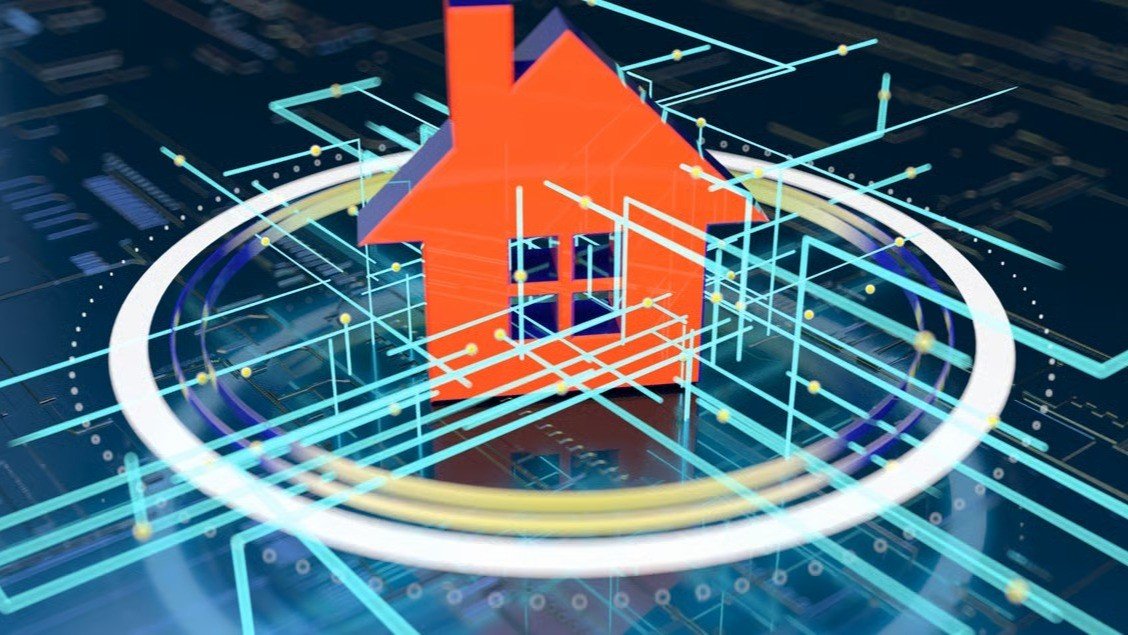The real estate industry, traditionally perceived as slow to adopt new technologies, is undergoing a significant transformation. It is crucial for real estate developers to embrace technology across the entire project lifecycle to remain competitive and meet the evolving demands of the market. This emphasis stems from the substantial benefits that technology offers, from initial planning and design to construction, sales, and post-handover property management.
Here’s why adopting technology across the project lifecycle is paramount for real estate developers:
1. Enhanced Efficiency and Productivity:
- Streamlined Workflows: Technologies like Building Information Modeling (BIM) and project management software enable seamless collaboration among architects, engineers, contractors, and other stakeholders. This reduces manual errors, minimizes rework, and accelerates project timelines.
- Automation of Repetitive Tasks: AI and automation can handle mundane and time-consuming administrative tasks such as documentation, scheduling, rent collection, and maintenance requests. This frees up human resources to focus on more strategic and value-added activities.
- Optimized Resource Allocation: Data analytics can help developers optimize resource allocation, manage inventory more effectively, and reduce material wastage, leading to significant cost savings.
2. Improved Decision-Making through Data:
- Data-Driven Insights: Big data analytics and AI/Machine Learning (ML) can analyze vast amounts of real estate data to predict property prices, identify market trends, forecast rental fluctuations, and assess investment opportunities and risks. This enables developers to make more informed and strategic decisions regarding acquisitions, designs, and sales strategies.
- Predictive Analytics: AI-powered predictive analytics can help developers understand buyer preferences, leading to the creation of homes and commercial spaces that are more aligned with modern needs and market demand.
- Real-time Monitoring: IoT devices and smart building systems provide real-time data on energy usage, security, and building performance, allowing for proactive maintenance and operational efficiency.
3. Cost Reduction:
- Reduced Operational Costs: Automation and streamlined processes directly lead to lower overheads and operational expenses.
- Minimized Errors and Rework: BIM and other design technologies help identify potential design challenges early, preventing costly delays and rework during construction.
- Sustainable Construction: Technologies like 3D printing and the integration of energy-efficient systems (solar panels, smart insulation) can significantly reduce construction time and cost, while also promoting sustainability and lowering long-term utility expenses for occupants.
4. Enhanced Customer Experience and Marketing:
- Immersive Property Experiences: Virtual Reality (VR) and Augmented Reality (AR) tours allow potential buyers to explore properties remotely, providing an immersive and realistic sense of the space even before construction is complete. This expands the reach to a global audience and accelerates the sales process.
- Personalized Interactions: AI-powered chatbots and CRM systems can provide 24/7 customer support, answer queries, schedule appointments, and offer personalized suggestions based on customer preferences, leading to improved client satisfaction.
- Digital Marketing: Digital marketing platforms expand the reach of property listings, making it easier for developers to connect with potential buyers and investors.
5. Increased Transparency and Security:
- Secure Transactions: Blockchain technology ensures secure, transparent, and immutable records of property transactions, reducing the risk of fraud and streamlining the closing process with smart contracts.
- Improved Communication: Project management tools offer centralized platforms for sharing updates, tracking progress, and resolving conflicts, enhancing communication among all stakeholders.
6. Competitive Advantage:
- Innovation and Differentiation: Early adoption of technology positions developers as innovators, helping them stand out in a competitive market and attract tech-savvy buyers.
- Meeting Evolving Demands: Millennials and Gen Z, increasingly dominant in the housing market, expect tech-enabled features and seamless digital experiences throughout the real estate journey. Developers who embrace technology are better positioned to meet these expectations.
Key Technologies to Adopt Across the Project Lifecycle:
- Pre-Construction (Planning & Design): BIM, AI for market analysis and predictive modeling, VR/AR for visualizations, drone technology for site surveying.
- Construction: Construction management software, IoT for monitoring and quality control, Mivan Shuttering (for faster construction), 3D printing for specific components.
- Sales & Marketing: VR/AR tours, CRM systems with AI integration, digital marketing platforms, AI chatbots.
- Post-Handover (Property Management): IoT for smart homes and predictive maintenance, automated property management software, blockchain for secure record-keeping.
In conclusion, technology is no longer an optional add-on but a fundamental requirement for success in real estate development. By strategically integrating innovative solutions across the entire project lifecycle, developers can achieve greater efficiency, make smarter decisions, reduce costs, enhance customer experiences, and ultimately, build a more resilient and profitable business in the evolving real estate landscape.


